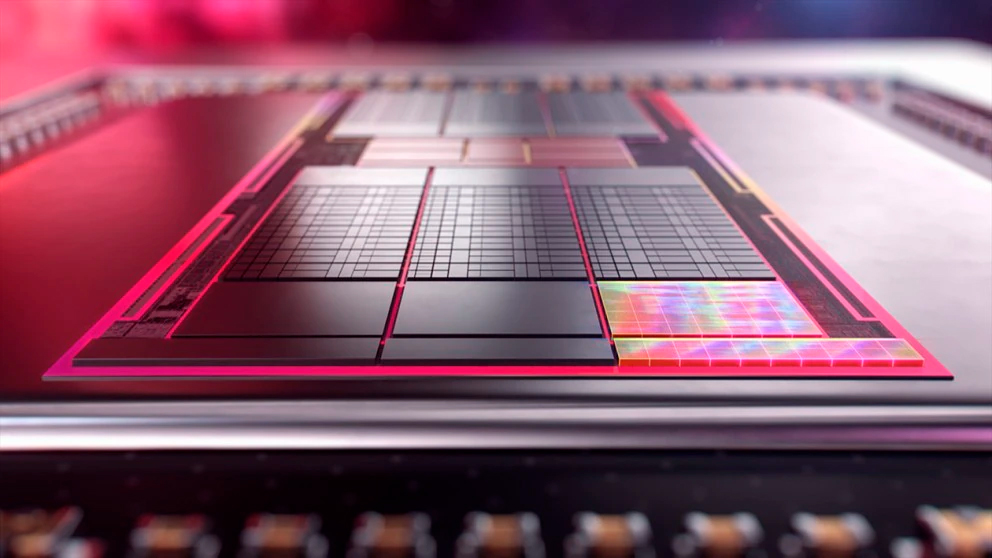
Following AMD's confirmation last month that it was moving forward with plans to open source its GPU stack after complaints from Tiny Corp, we've finally seen the first significant step via the release of MES documentation on GPUOpen.com. MES stands for Micro Engine Scheduler, which corresponds to how graphics and compute work are scheduled on GPUs—AMD RDNA 3 GPUs, in particular, are specified in this new documentation.
While this is indeed one of the things Tiny Corp asked for, they have already noted on Twitter that they are bypassing the MES in their backend alongside most of the MEC. Tiny Corp, for those unfamiliar, is focused on building powerful AI workstations in a small footprint and lower price than the current top-end of AI hardware.
.@AMD @amdradeon released some MES documentation today! (it's on GPUOpen)A good start, but we are bypassing the MES now in our "AMD" backend. We are even bypassing most of the MEC.Can you document the PM4 packets and what happens after you poke COMPUTE_DISPATCH_INITIATOR? pic.twitter.com/WabsNG3q3SMay 9, 2024
So, it seems that Tiny Corp's past prodding of AMD was successful but not fast enough to stop them from implementing an MES workaround. Tiny Box's goal to "commoditize the petaflop" with the help of high-performance AMD or Nvidia-powered AI boxes should get a little easier with further open-sourcing of AMD's software and documentation. The MES firmware to go along with this documentation is expected to be released in the coming weeks and is likely only held by legal concerns as it goes open source.
Additional parts of the AMD Radeon software stack are expected to be open-sourced throughout the year, echoing earlier statements from AMD. Tiny Corp previously seemed displeased with AMD's progress so far, but AMD may yet be able to win over Tiny Corp and other prosumers seeking Nvidia alternatives. Raw hardware power dictates that AMD's Tiny Box should be easily on par with Nvidia for much cheaper, but the current status of AMD's software stock prevents that from being true.
Tiny Corp and others hope to push AMD into open-sourcing its software stack to make these software issues easier to diagnose and fix. With any luck, this can be done efficiently enough to start giving Nvidia some real competition in the GPU compute market, especially where AI and similar workloads are concerned.







